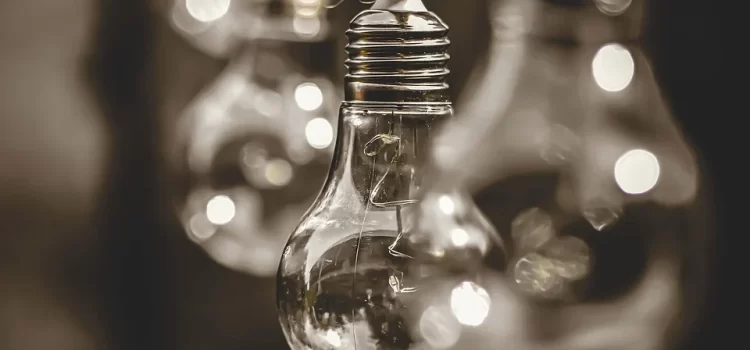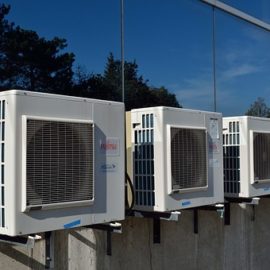
The form of energy that we call electricity performs an endless variety of tasks in our homes. It powers radios, television receivers, high-fidelity phonographs and telephones – it works front-door chimes and back-door buzzers. Electric motors run our clothes washers, dishwashers, ventilating and circulating fans and many other devices. Electricity supplies our homes with light –it provides heat for toasters, rotisseries, coffee percolators and other equipment.
Outside the home, too, electricity is just as indispensable. It illuminates our streets and highways. Electric motors run the elevators that have made towering skyscrapers possible. Electricity runs adding and billing machines; it powers the electronic calculating machines that have revolutionized research methods. It plays an all-important part in industry; it has replaced steam as a source of power for our great factories. It refines and welds and plates metals; it runs big refrigerating plants. Electric milking machines and many other electrically operated devices have lightened the farmer’s tasks. Electricity serves medical science too.
Electrical Energy

We do not use electrical energy directly in most of its applications. For example, when an electric motor turns the shaft of a clothes washer, electrical energy is converted into mechanical energy. It is this mechanical energy that keeps tumbling our clothes about, bringing each article in contact with the water that flows into the machine and the detergents that are added to the water. When we turn on an electric lamp, electric energy heats a tungsten filament in the lamp until it glows brightly. Electric energy has been transformed into heat energy and this in turn into light energy.
The electricity that operates a washing machine or a lamp is generated in a plant miles away at the instant it is needed to turn the shaft of the machine or to heat the filament of the lamp. At this plant electric generators are driven by turbines or internal-combustion engines, thus converting mechanical energy into electrical energy. Actually, therefore, the electricity used in most appliances represents a transient form of energy. Immediately after it is generated it is transmitted at the speed of light to do the equipment in which it is to be used and it is there transformed into some other kind of energy.
Electric Currents and Electric Generators

To understand what an electric current is, let us consider the basic structure of a material, such as copper or aluminum that is used to conduct electricity. This material is made up of atoms, each consisting of a tiny nucleus, around which a number of electrons whirls, like planets about the sun. Each of the electrons has a single negative charge. The nucleus of a stable atom has a number of positive electrical charges, equal to the number of electrons whirling about it. The electrical forces of attraction between the opposite charges keep the electrons in their orbits.
In a conducting material, such as copper or aluminum, the atoms are so closely packed that they easily exchange their outer-orbit electrons, thus producing the effect of free electrons drifting in all directions through the metal. Ordinarily these free electrons distribute themselves evenly throughout a conductor, so that it is electrically neutral.
When a magnetic field is moved across a length of conducting material and at right angles to it, the free electrons are forced to one end of the conductor, giving that end a net negative electrical charge. We could produce the same effect by moving the conducting material through the magnetic field. The moment the magnetic field stops sweeping across the conductor or the conductor stops moving through the magnetic field, the force that has piled up the free electrons disappear. The electrical forces between the negative electrons at one end and the positively charged atoms at the other pull free electrons back to an even distribution along the conductor.




Pingback:Electricity For Man: Understanding How It Is Generated, Transmitted And Distributed (Part 2) - Plumbers services